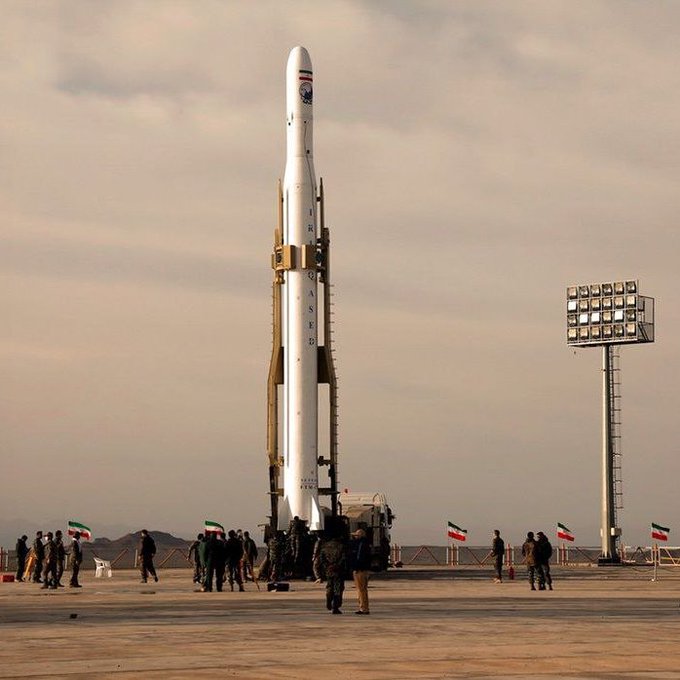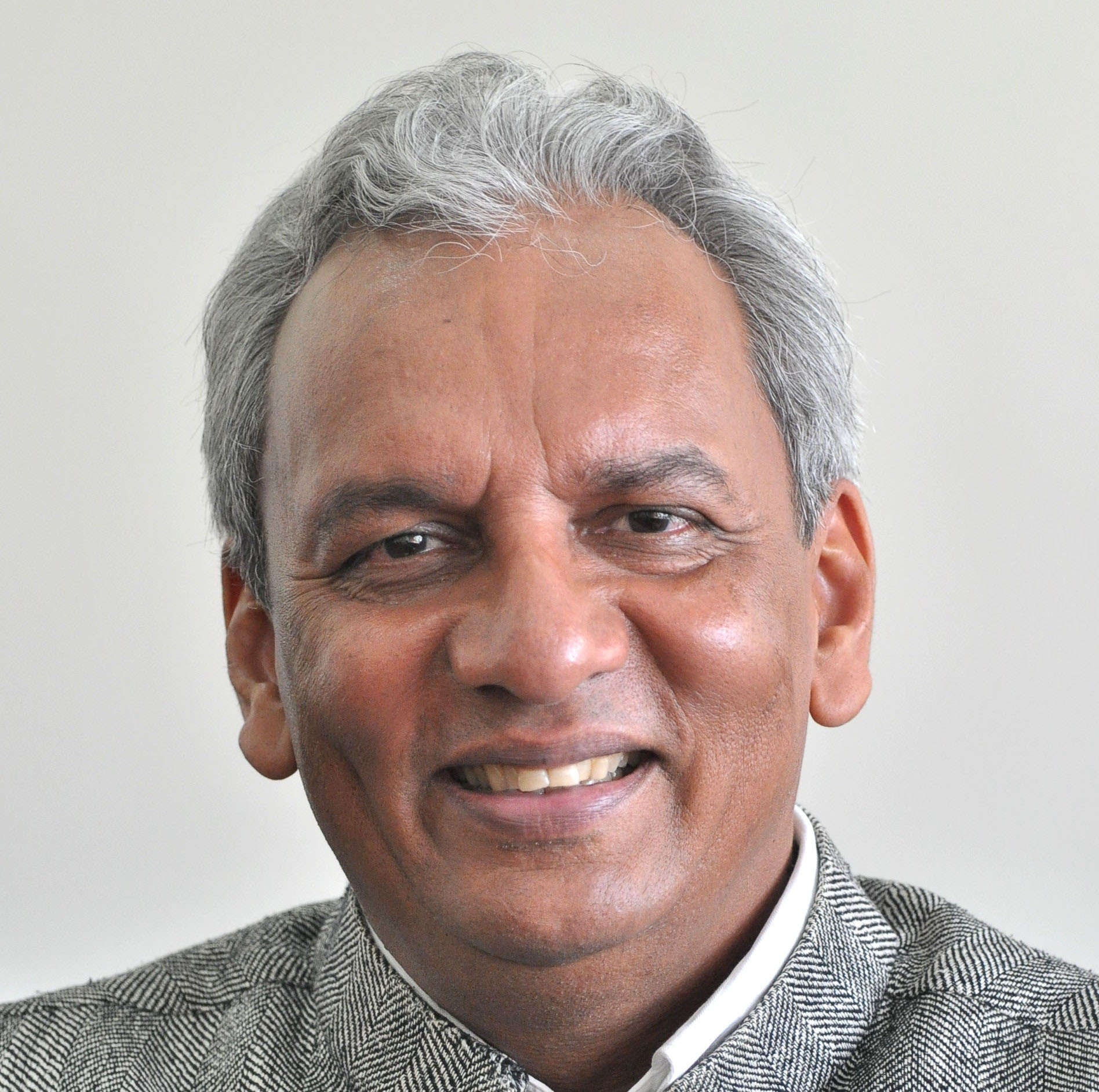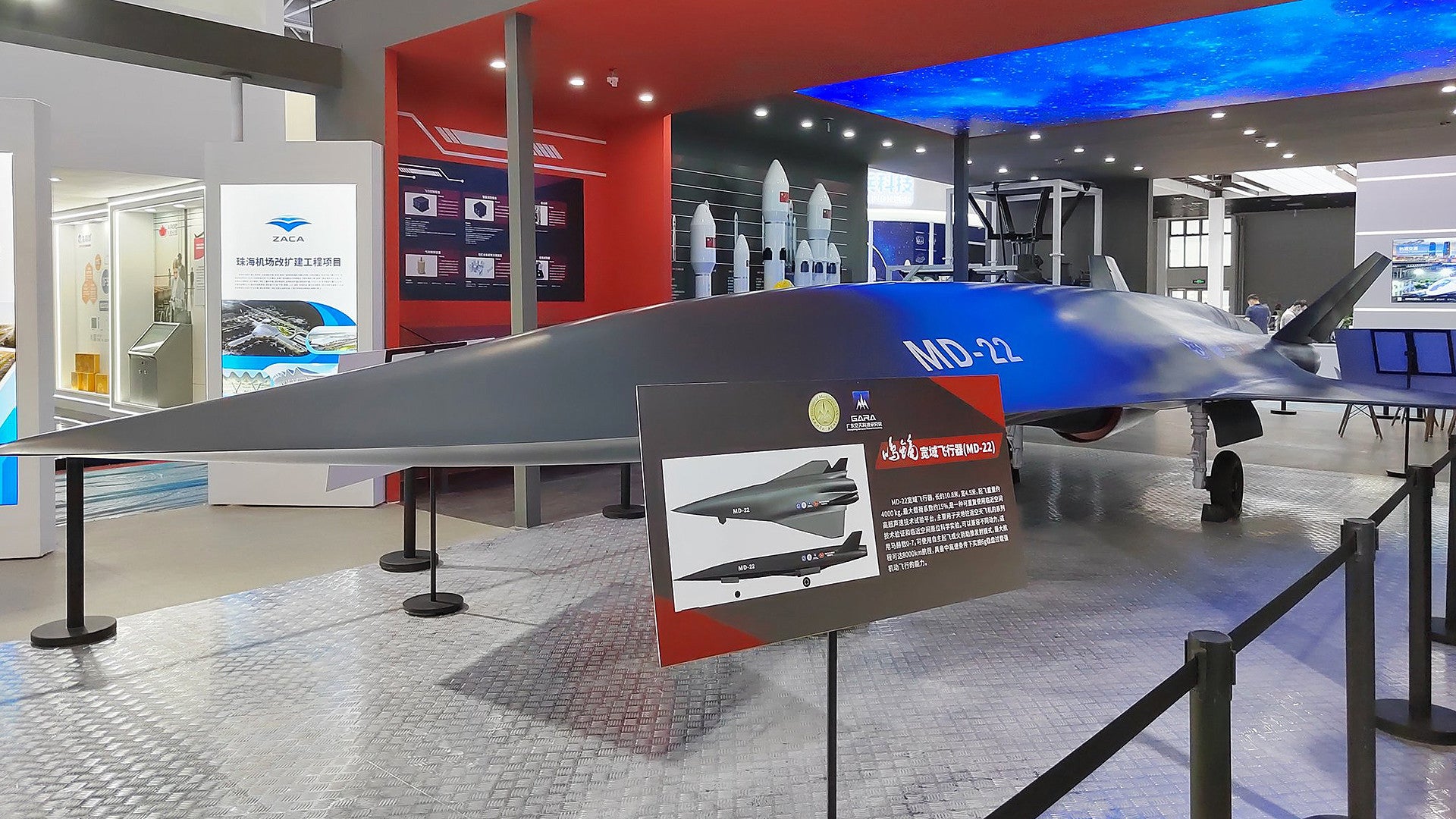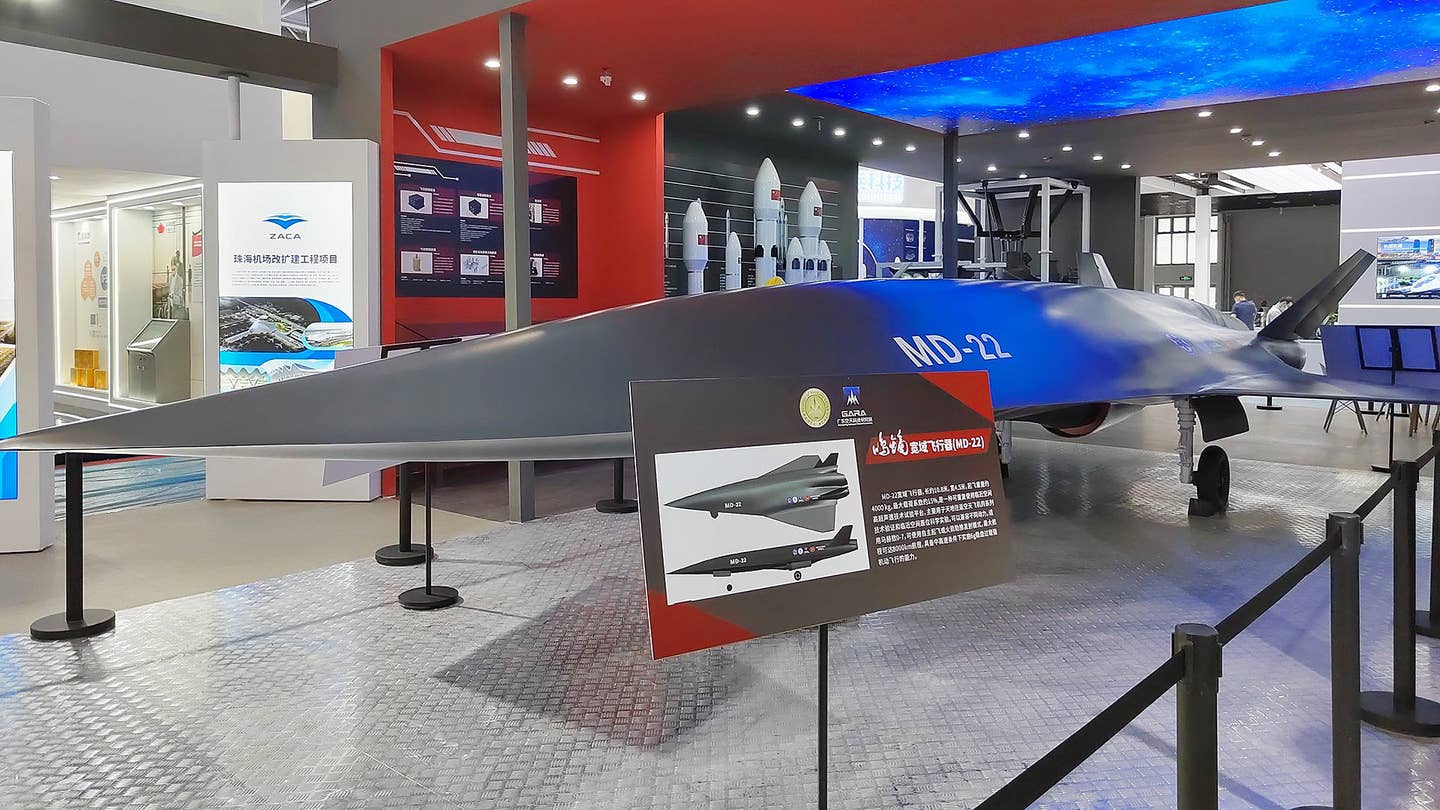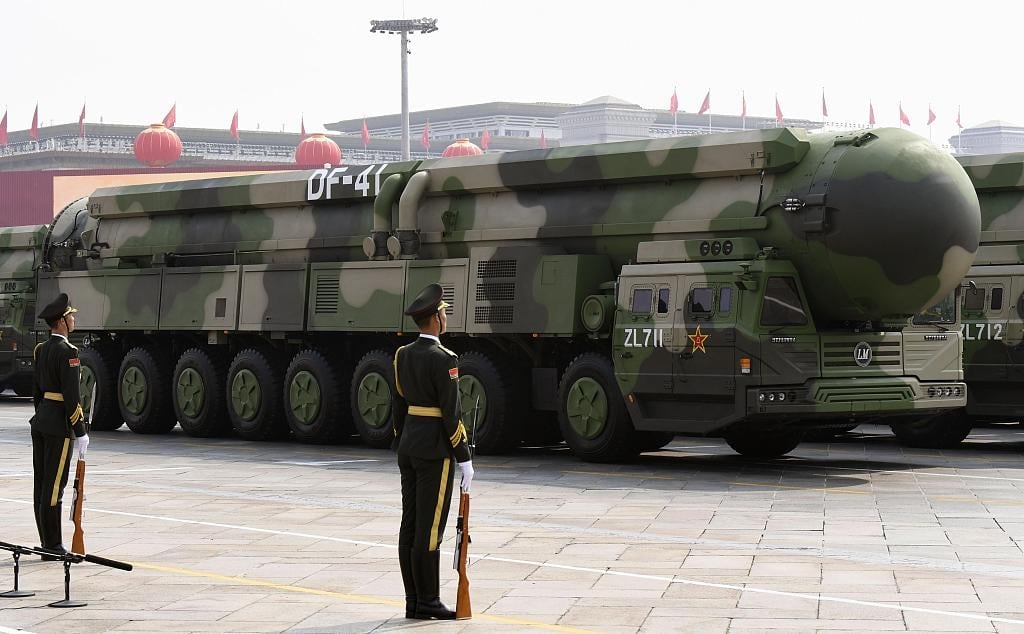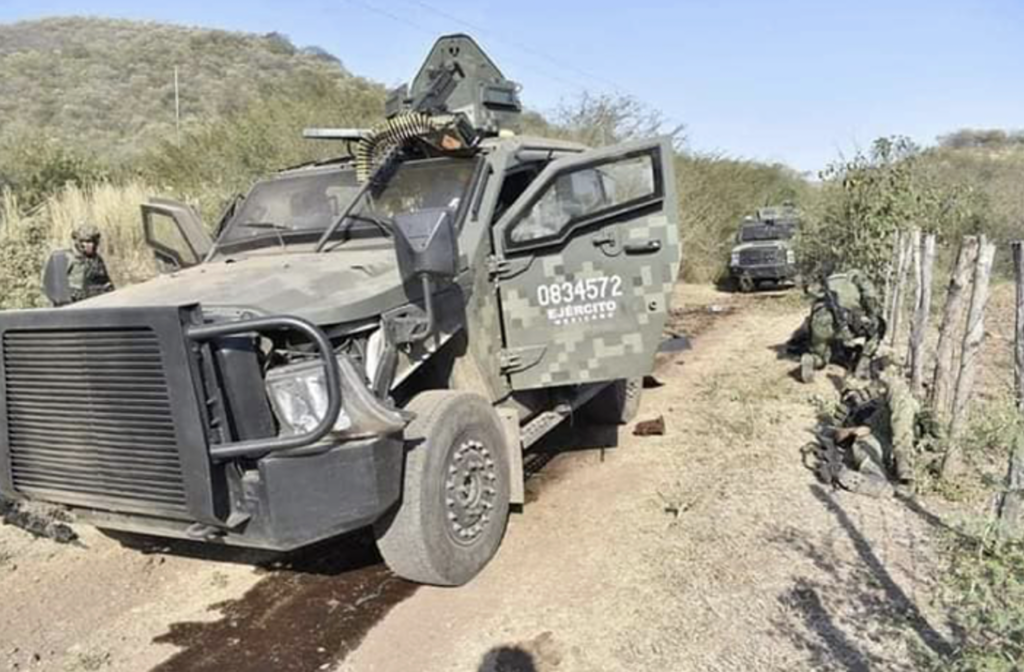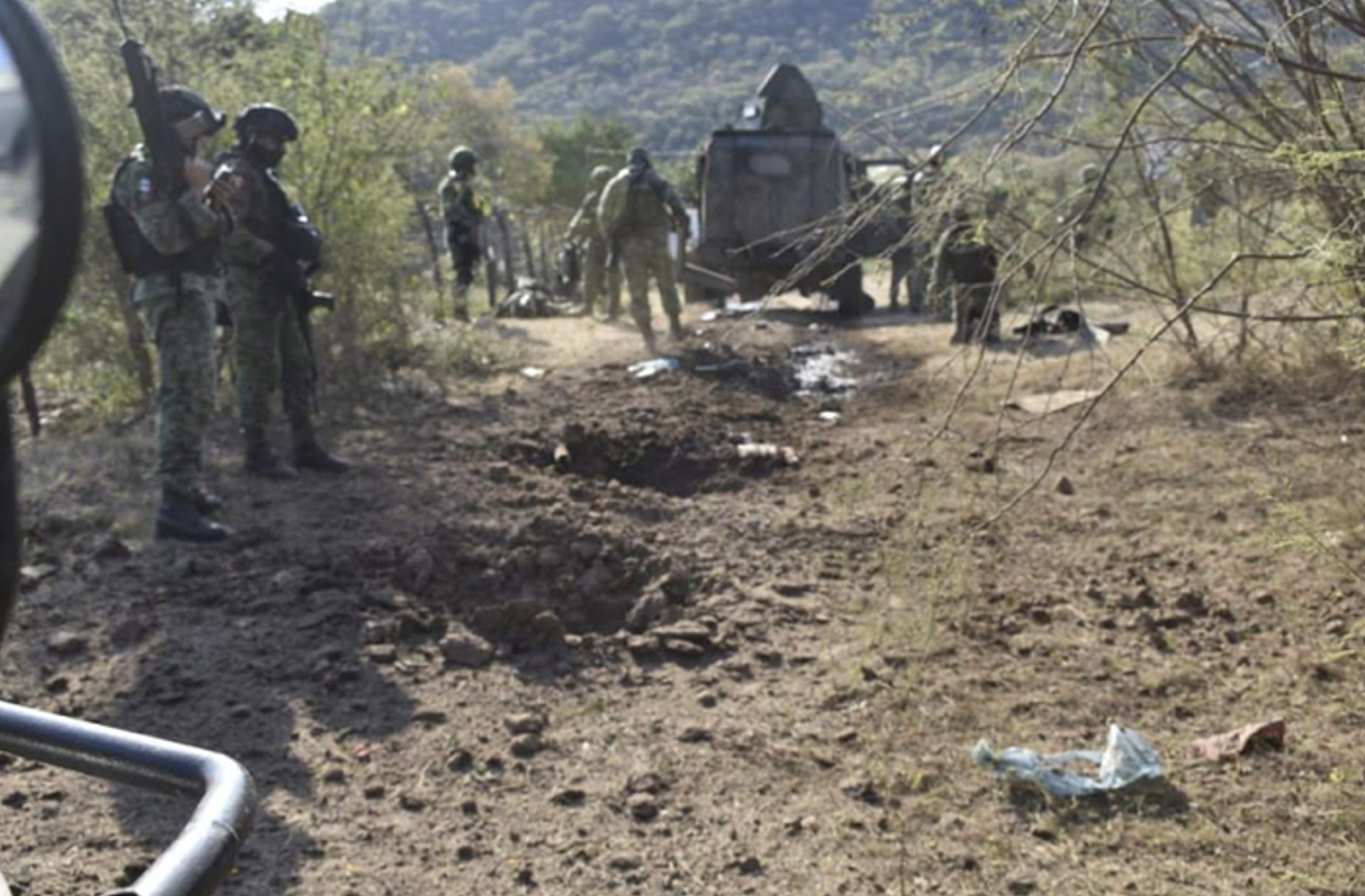(269) 09-10-2022-to-09-16-2022__****THE****WINDS****of****WAR****
Hummm......
Posted for fair use.....
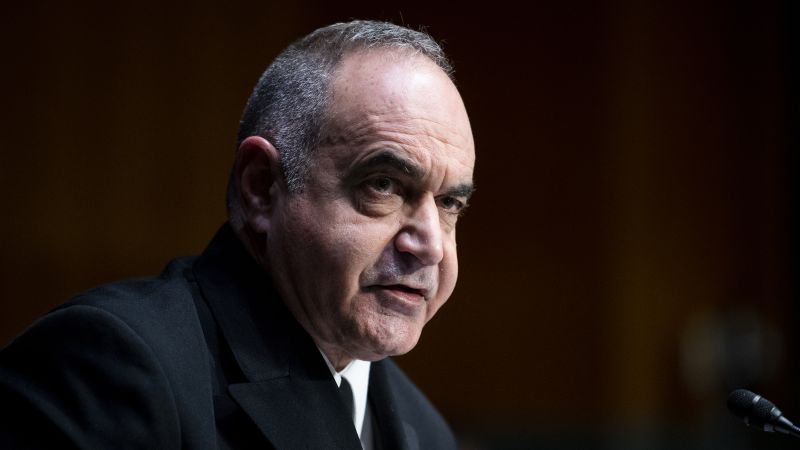
 www.cnn.com
www.cnn.com


By Ellie Kaufman and Barbara Starr, CNN
Published 2:17 PM EDT, Fri November 4, 2022
CNN —
The Commander of US Strategic Command, which oversees the US nuclear weapons program, warned that China is developing nuclear weapons much faster than the US and called the issue a “near-term problem,” during a speech at a closed event earlier this week.
While Pentagon officials have been sounding the alarm about China’s military buildup and development of nuclear weapons for years, Richard’s comments paint the situation as more dire than other officials have stated publicly.
“As I assess our level of deterrence against China, the ship is slowly sinking,” Adm. Charles Richard said. “It is sinking slowly, but it is sinking, as fundamentally they are putting capability in the field faster than we are.”
Richard called the development of China’s nuclear weapons program a “near-term problem.”
“As those curves keep going, it isn’t going to matter how good our [operating plan] is or how good our commanders are, or how good our forces are – we’re not going to have enough of them. And that is a very near-term problem.”
Richard made the comments during a speaking engagement at the Naval Submarine League Annual Symposium on Wednesday. The event was closed to the public, but Richard’s comments were published in a Department of Defense news article Friday.
The Biden administration has consistently called China the US’s main global competitor and warned about the country’s development of its military and nuclear weapons program in a series of policy documents explaining the US’s defense and military strategy released at the end of October.
China is the US’s “pacing challenge” because it is “the only competitor with both the intent and increasingly the capability to systematically challenge the United States across the board, militarily, economically, technologically, diplomatically,” a senior defense official said about the strategy.
China “likely intends to possess at least 1,000 deliverable warheads by the end of the decade,” the Nuclear Posture Review, one of the policy documents, said of China’s nuclear weapons program.
Richard warned of China’s nuclear development in 2021, calling their program a “strategic breakout.”
“We are witnessing a strategic breakout by China. The explosive growth and modernization of its nuclear and conventional forces can only be what I describe as breathtaking, and, frankly, that word breathtaking may not be enough,” Richard said in 2021.
(270) 09-17-2022-to-09-23-2022__****THE****WINDS****of****WAR****
(271) 10-28-2022-to-11-04-2022__****THE****WINDS****of****WAR****________________________________________________________________________________________________________
Hummm......
Posted for fair use.....

US military nuclear chief sounds the alarm about pace of China's nuclear weapons program | CNN Politics
The Commander of US Strategic Command, which oversees the US nuclear weapons program, warned that China is developing nuclear weapons much faster than the US and called the issue a "near-term problem," during a speech at a closed event earlier this week.
US military nuclear chief sounds the alarm about pace of China’s nuclear weapons program


By Ellie Kaufman and Barbara Starr, CNN
Published 2:17 PM EDT, Fri November 4, 2022
CNN —
The Commander of US Strategic Command, which oversees the US nuclear weapons program, warned that China is developing nuclear weapons much faster than the US and called the issue a “near-term problem,” during a speech at a closed event earlier this week.
While Pentagon officials have been sounding the alarm about China’s military buildup and development of nuclear weapons for years, Richard’s comments paint the situation as more dire than other officials have stated publicly.
“As I assess our level of deterrence against China, the ship is slowly sinking,” Adm. Charles Richard said. “It is sinking slowly, but it is sinking, as fundamentally they are putting capability in the field faster than we are.”
Richard called the development of China’s nuclear weapons program a “near-term problem.”
“As those curves keep going, it isn’t going to matter how good our [operating plan] is or how good our commanders are, or how good our forces are – we’re not going to have enough of them. And that is a very near-term problem.”
Richard made the comments during a speaking engagement at the Naval Submarine League Annual Symposium on Wednesday. The event was closed to the public, but Richard’s comments were published in a Department of Defense news article Friday.
The Biden administration has consistently called China the US’s main global competitor and warned about the country’s development of its military and nuclear weapons program in a series of policy documents explaining the US’s defense and military strategy released at the end of October.
China is the US’s “pacing challenge” because it is “the only competitor with both the intent and increasingly the capability to systematically challenge the United States across the board, militarily, economically, technologically, diplomatically,” a senior defense official said about the strategy.
China “likely intends to possess at least 1,000 deliverable warheads by the end of the decade,” the Nuclear Posture Review, one of the policy documents, said of China’s nuclear weapons program.
Richard warned of China’s nuclear development in 2021, calling their program a “strategic breakout.”
“We are witnessing a strategic breakout by China. The explosive growth and modernization of its nuclear and conventional forces can only be what I describe as breathtaking, and, frankly, that word breathtaking may not be enough,” Richard said in 2021.



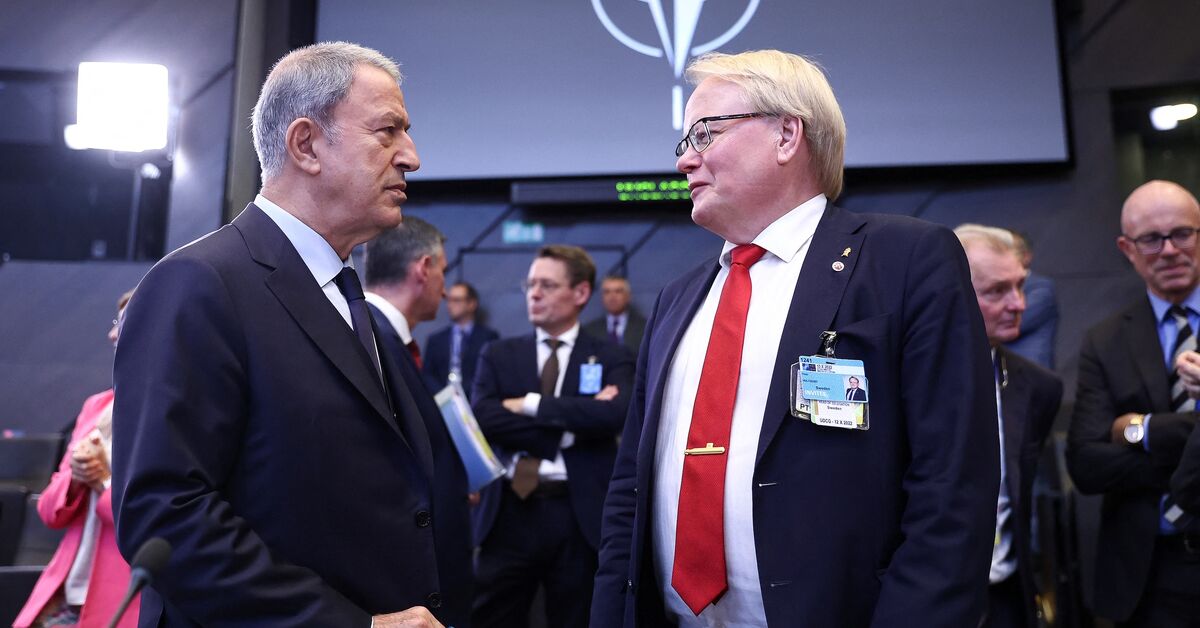
/cloudfront-us-east-2.images.arcpublishing.com/reuters/6TAOBRY5GRNMNP5XR26SEWU67E.jpg)
